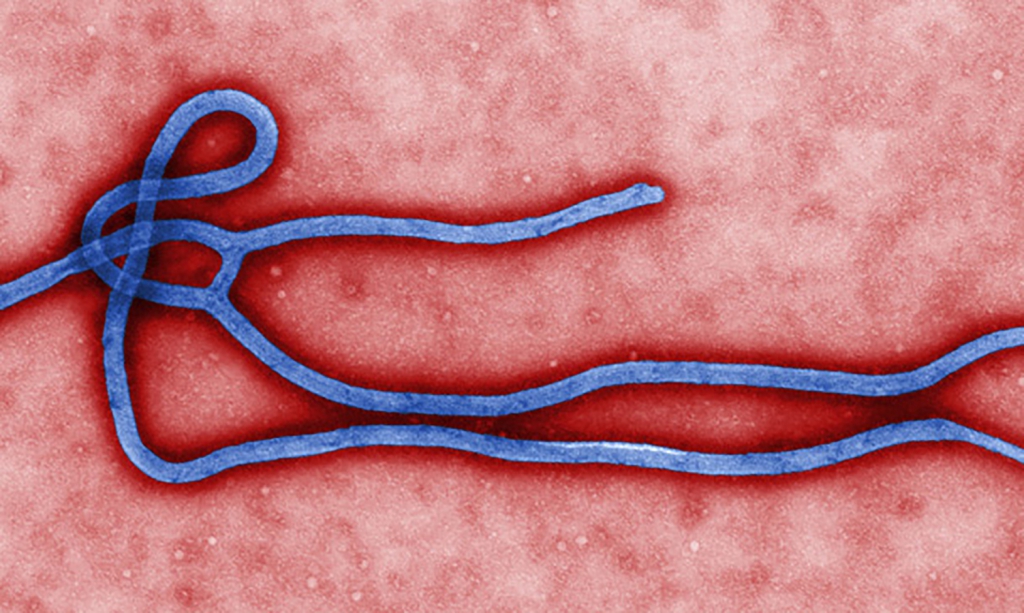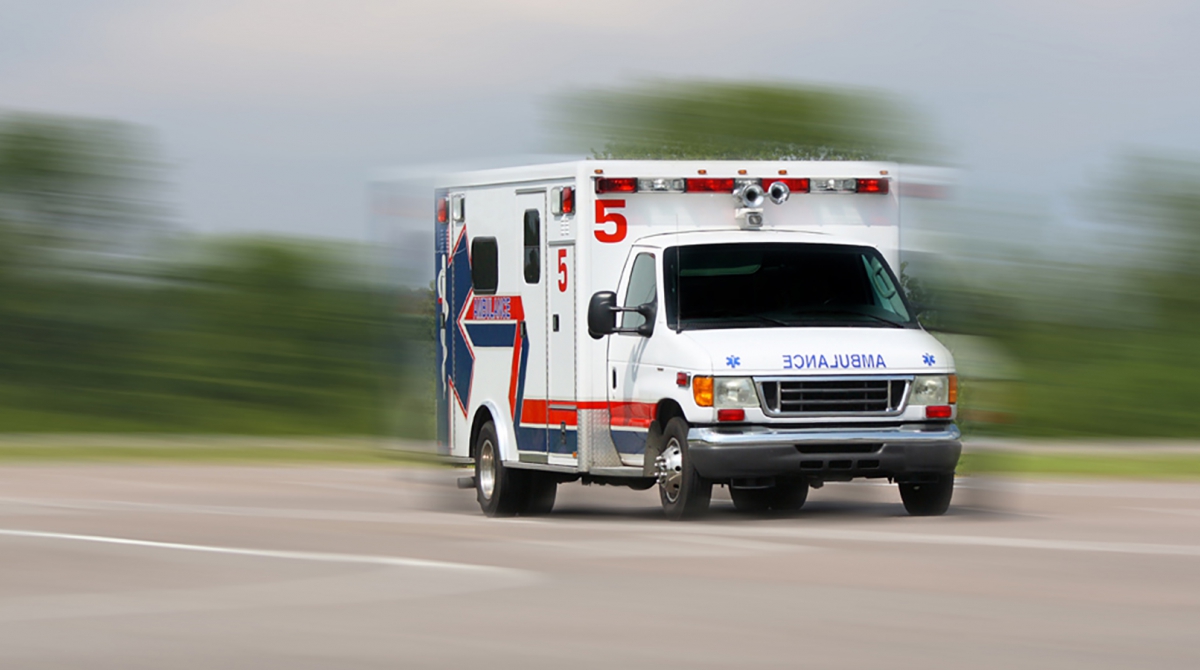First responders and EMTs from South Hero to Charlotte to Vergennes are taking the necessary steps to prepare for Ebola.
As Gov. Peter Shumlin announced last week that a Vermonter who spent time in West Africa had entered voluntary quarantine, local emergency medical services personnel are working to coordinate an Ebola response plan.
It’s been widely reported that hospitals around the country are preparing for Ebola with trainings and protocols on everything from personal protective equipment to screening patients. Also, local organizations such as Burlington International Airport, University of Vermont Medical Center, the Burlington Fire Department and the Williston Fire Department are working diligently to train staff, distribute information, and better understand the virus. Burlington, South Burlington and St. Michael’s College Fire and Rescue have been training for over a month.
But what about local EMTs responding to a 911 call? Many of these medical personnel on the front lines of emergency calls are from volunteer or part-time emergency medical services in rural communities. While Burlington, Williston and South Burlington fire and rescue departments offer full-time municipal services, transport agencies such as South Hero, Milton, and Richmond work on a smaller scale with fewer resources.
Kate Soons, AEMT, RN, who chairs Vermont’s EMS District 3 (all of Chittenden County, plus the towns of Grand Isle, South Hero and Vergennes), understood there was a need for training first responders and rescue personnel. She facilitated an EMS forum at UVM last week, which drew more than 50 EMS volunteers and staffers.

The Board of Representatives for VTEMS District 3 meets monthly to coordinate the delivery of emergency medical services to the region. Last week’s forum was in addition to their regular meetings and was in the works before news broke about the Vermont man in voluntary quarantine.
“For health care workers, Dallas was really a game changer,” says Soons, a critical care nurse at the University of Vermont Medical Center and Advanced EMT instructor at UVM through the College of Nursing and Health Sciences and Continuing and Distance Education. “For the primarily critical points of entry – the emergency department and the medical ICU – there is training for symptom recognition. But on ambulance side, where we have thousands of EMS workers throughout the state, it’s harder to manage.”
Ebola Response Training and Protocol
The CDC publishes extensive information for health care workers and hospitals. They have dramatically increased their efforts to help U.S. hospitals with additional training, and updated guidance on personal protective equipment (PPE).
Also, the CDC recently tightened previous infection control guidance for health care workers caring for patients with Ebola. The guidance focuses on specific personal protective equipment health care workers should use and offers detailed step by step instructions for how to put the equipment on and take it off safely, with someone supervising.

EMS workers are potentially the first health care workers who could come into contact with an Ebola patient. Still, Soons says it doesn’t make sense for every rescue member to get Ebola training, especially when there are volunteers or paid staffers with less experience than others.
However, they can play a supportive role. For example, one person can be in charge of checking CDC regulations on a daily basis, while another can manage communications with their local hospital.
“We don’t need everybody dressed in personal protective equipment. We need certain people – such as the rescue crew chief – to be highly proficient in Ebola training and personal protective equipment. A designated person, such as the ambulance driver, can lead logistics outside of the scene and conduct communications with the hospital.”
Personal Protective Equipment Guidelines
Making sure protective equipment is used correctly every single time is not an easy task. There is a specific sequence of steps to put on and remove personal protective equipment (such as gown, mask, goggles or face shield, and gloves) to minimize the chance that health care workers will accidentally contaminate themselves with infectious material during the process. It takes practice, and experts are recommending that people are watched by a trained observer while doing all of this, a “second pair of eyes,” looking for and preventing any missteps that might put a health care worker at risk for infection.
To follow CDC guidelines, Soons suggests that the ambulance driver be the trained observer who supervises the crew chief when he or she is removing personal protective equipment.
“We’re blending what the CDC says with local process,” Soons says. “The training is about helping local EMS providers feel more comfortable about taking rescue calls in the wake of Ebola.”
At the UVM forum, there was also a discussion between a “dry” call and a “wet” call. A dry call is a patient who meets exposure criteria and may be experiencing symptoms, such as fever and headache. A “wet” call is when the patient is vomiting and has diarrhea. That’s when EMS workers need to reach out for help.
“If EMS gets a call and the patient is wet, then the patient’s viral load is rising exponentially,” Soons says. “At that point, EMT personnel needs to stop and slow down when a person is showing symptoms. Call the hospital because this isn’t just a 911 call anymore. You need adequate support, and you can’t do that with a two-person ambulance call.”

Soons says she organized the meeting because many EMS personnel in the region wanted to come together to discuss local protocol and understand what steps need to be taken. Vermont EMS District 3 includes 26 services across the region, from South Hero to Colchester to Huntington. Most services are a combination of paid staff and volunteer staff, although some services are entirely volunteer.
Leslie Lindquist, assistant rescue chief at St. Michael’s Fire & Rescue, says the UVM workshop was helpful for EMS workers from both large and small communities.
“We’re all trying to follow the CDC guidelines, which are so fluid,” Lindquist says. “I think the hardest part is that we can’t get the supplies we need, and we’re trying to figure out (what EMS services) have in terms of equipment.”
Influenza vs. Ebola
If an Ebolacase were to arise in a community, keep in mind that:
- Any Ebola patient would be isolated in a hospital and, once identified, would only come in contact with health care workers in full protective gear.
- Anyone who had come in direct contact with the patient before that would be monitored and isolated for at least 21 days, the incubation period.
- Ebolais not as contagious as influenza or SARS (severe acute respiratory syndrome). It cannot be transmitted through the air; it can only be transmitted through blood and bodily fluids.
- Even if someone has contacted Ebola, they are not infectious until they start displaying symptoms.
The chance of contracting Ebola is extremely small. However, every year, influenza strikes up to 10 percent of adults and up to 30 percent of children worldwide, resulting in 3 to 5 million severe illnesses and 250,000 to 500,000 deaths, according to the WHO. Together, influenza and pneumonia are among the top 10 leading causes of death in the United States, according to the CDC.




